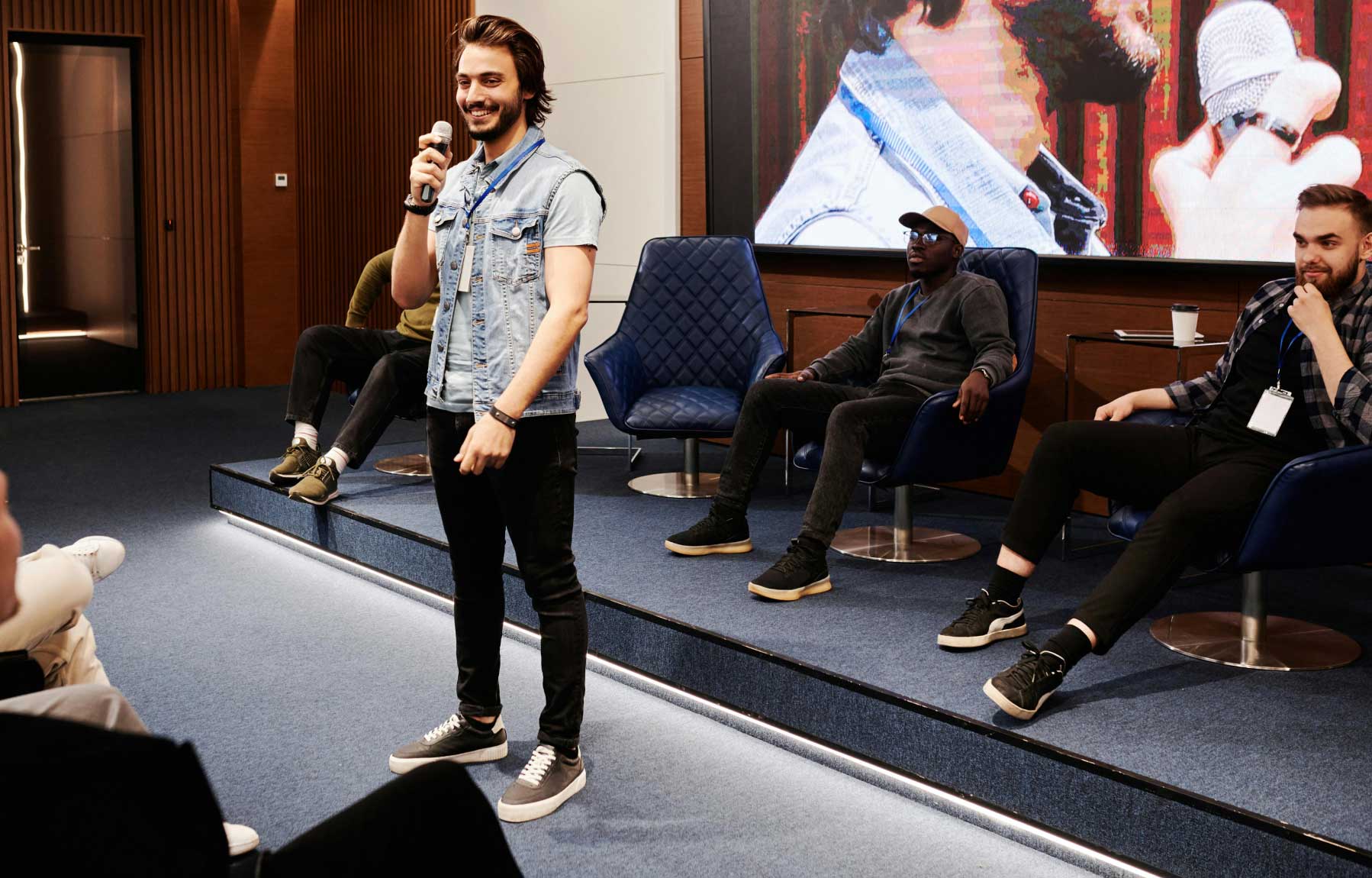In the dynamic landscape of event planning, maximizing attendee engagement stands as a cornerstone of success. Whether it's a conference, seminar, or corporate gathering, the level of participant interaction directly impacts the overall experience and outcomes. To achieve optimal engagement, event organizers must employ a strategic approach that encompasses various aspects of planning, execution, and follow-up. In this comprehensive guide, we delve into expert insights and actionable strategies to amplify engagement and drive success at your next event.
Understanding the importance of engagement
Successful events are defined by more than just attendance numbers; they are characterized by active participation, meaningful interactions, and lasting impressions. Engaged attendees are more likely to absorb information, network with peers, and contribute to the overall energy of the event. As such, event planners must prioritize engagement as a key metric of success and tailor their strategies accordingly.
Crafting engaging content
Content lies at the heart of any event, serving as the primary driver of engagement. To captivate attendees, organizers must curate a diverse range of content that is informative, relevant, and interactive. This may include keynote speeches, panel discussions, workshops, and hands-on activities designed to stimulate learning and foster discussion. By offering a mix of formats and topics, organizers can cater to the diverse interests and preferences of their audience.




